Alnico magnets are some of the oldest and most widely used permanent magnets in the world. They are created from an alloy composed primarily of aluminum, nickel, and cobalt and possess high magnetic remanence (the ability of a material to retain magnetization) and coercivity (the ability of a material to resist changes in magnetization). Read More…
Founded in 1895, Arnold Magnetic Technologies is a leading global manufacturer of high performance permanent magnets, electromagnetics, magnetic assemblies, and precision thin metals.
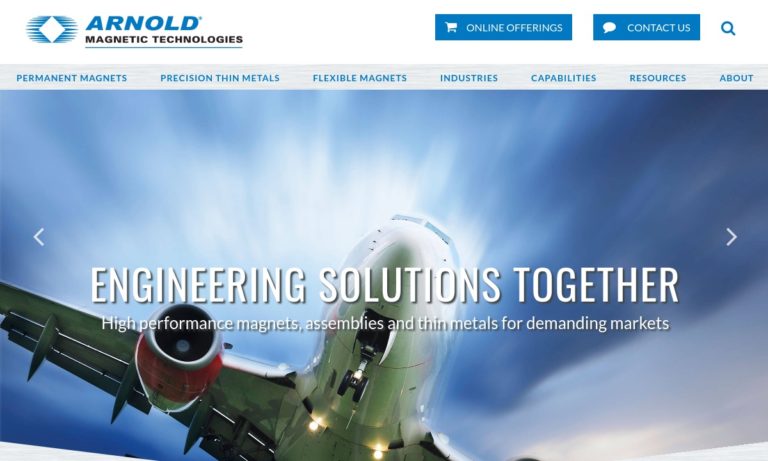
Our customers know they can trust us to provide them with the best magnets in the industry. We supply magnets from only the best manufacturers in the world. We will not offer substandard products or anything that is not the most cost-effective solution.
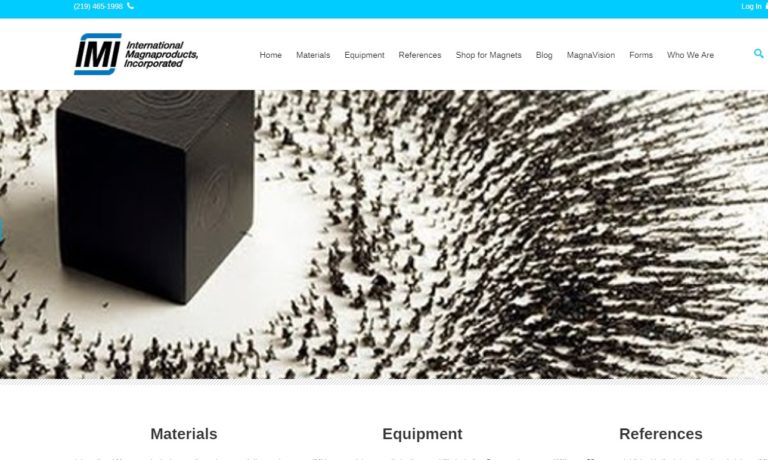
CMS Magnetics excels as a leading magnet supplier, offering a vast array of high-quality neodymium, hard ferrite, SmCo, and AlNiCo magnets. We also provide diverse magnetic assemblies like pot magnets, channel magnets, and magnetic lifters, tailored for various applications. Our commitment to excellence is backed by a 100% customer satisfaction guarantee and a money-back promise. We accept custom ...
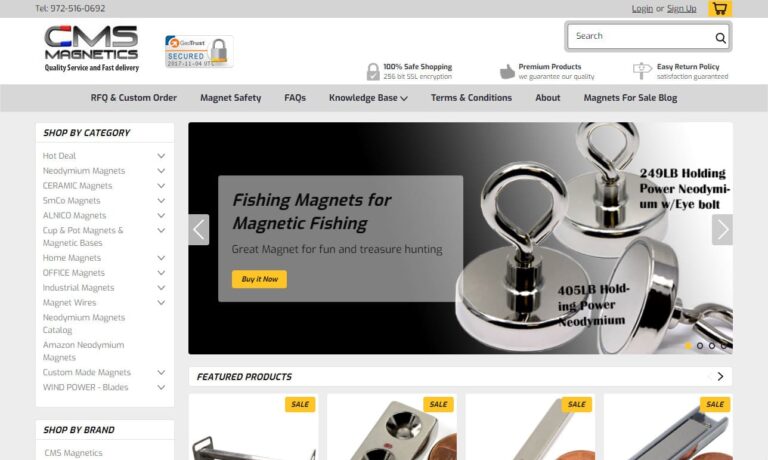
Since 1942, Eriez has been specializing in separation technology for a variety of industries. Eriez designs, develops, and manufactures magnets and related products. Eriez has 8 locations addition to their headquarters in Pennsylvania, making it convenient to ship their products all over the world. With proper care, Eriez magnet products can last a lifetime and not lose strength. Eriez offers...
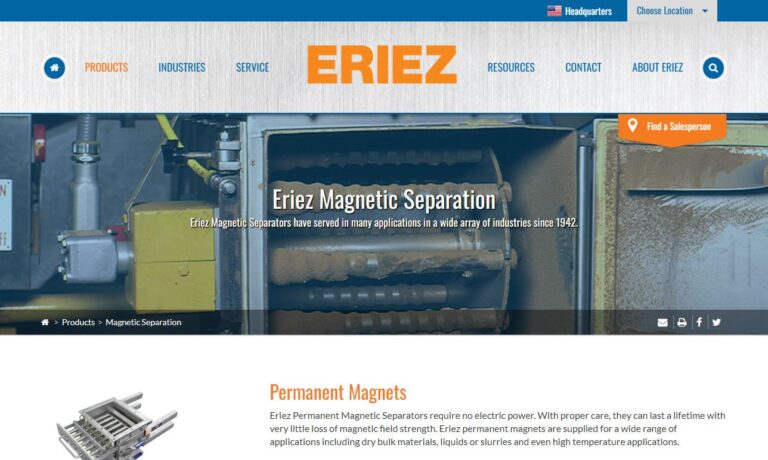
At TyTek Industries, we are experts in manufacturing magnetic components. Our magnetics catalog include magnetic assembly, alnico magnets, rare earth magnets, and many more. It is our team’s mission to always draw on our strengths and experience to ensure the very best service and quality for our customers. For more information, visit our website or call today!
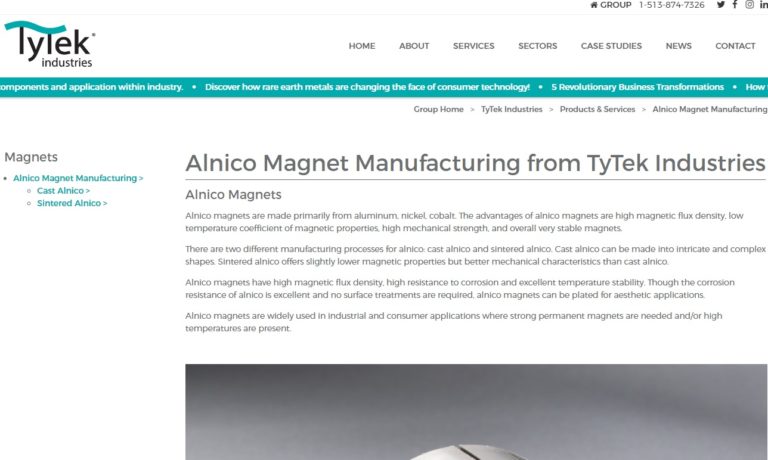
More Alnico Magnet Manufacturers
These characteristics make alnico magnets suitable for a variety of applications, from electric guitar pickups to electric motors. This article will discuss how alnico magnets are created, variations of alnico magnets and their specific applications, considerations regarding alnico magnets, benefits of alnico magnets, and various applications of alnico magnets.
Creation of Alnico Magnets
Alnico magnets are typically created by melting and casting this alloy into a desired shape. After cooling, the magnets are then subjected to a magnetic field while they undergo a heat treatment process known as annealing. This process helps align the magnetic domains within the material to create a strong magnetic field.
Sintering is another method of creating alnico magnets by compressing powdered alloy into the desired shape before heating and cooling it. This process involves mixing the alloy powders, compacting them into the desired shape, sintering them in a furnace at a high temperature, and then cooling them slowly to room temperature. Sintered alnico magnets are known for their high magnetic strength and stability, making them ideal for high-performance applications such as electric motors and generators.
Variations of Alnico Magnets and Their Applications
There are several variations of alnico magnets, including isotropic, anisotropic, and low-hysteresis alnico magnets. These variations and their specific applications are explained below.
Isotropic Alnico Magnets
Isotropic alnico magnets are magnets that have no preferred direction of magnetization. They can be magnetized in any direction, and their magnetic properties are the same in all directions. Isotropic alnico magnets have lower magnetic strength than anisotropic alnico magnets, but they are more versatile in terms of their magnetization and are easier to manufacture. They are commonly used in applications such as electric motors, loudspeakers, and sensing applications.
Anisotropic Alnico Magnets
Anisotropic alnico magnets are magnets that have a preferred direction of magnetization. They are created by applying a strong magnetic field to the material during the manufacturing process. This process aligns the magnetic domains in a specific direction, resulting in a magnet that has a stronger magnetic field in one direction than in others. Anisotropic alnico magnets have higher magnetic strength than isotropic alnico magnets, but they are more difficult to magnetize and manufacture. They are commonly used in applications such as electric motors, generators, and magnetic sensors.
Low-Hysteresis Alnico Magnets
Low-hysteresis alnico magnets are magnets that have low levels of hysteresis, which is the tendency of a magnet to resist changes in magnetization. They are created by adding small amounts of cobalt or nickel to the alloy during the manufacturing process. Low-hysteresis alnico magnets have higher magnetic strength and are more resistant to demagnetization than standard alnico magnets, making them ideal for use in applications such as rotating machinery, electric motors, and magnetic sensors.
Considerations Regarding of Alnico Magnets
One consideration to take into account regarding alnico magnets is their brittleness, which makes them prone to cracking and chipping. They are also expensive to produce and are not as powerful as some of the newer magnet materials available.
Benefits of Alnico Magnets
Despite their drawbacks, alnico magnets offer several benefits. Some key benefits of alnico magnets include:
High Temperature Stability
Alnico magnets can maintain their magnetic properties at high temperatures, making them ideal for use in high-performance applications that require magnets to operate in harsh environments.
Resistance to Corrosion
Alnico magnets are highly resistant to corrosion, which helps to extend their lifespan and maintain their magnetic properties over time.
Good Thermal Conductivity
Alnico magnets have good thermal conductivity, which means they can dissipate heat more effectively than some other types of magnets. This property helps to reduce the risk of overheating and damage to the magnet.
Strong Magnetic Field
Alnico magnets are known for their strong magnetic field, which makes them suitable for use in high-performance applications where a strong magnetic field is required.
Versatility
Alnico magnets are available in a wide range of sizes and shapes, and can be easily magnetized in different directions. This versatility makes them suitable for a variety of applications.
Applications of Alnico Magnets
As a result of these beneficial qualities, alnico magnets are used in a variety of applications.
Some specific applications of alnico magnets include:
Electric Guitar Pickups
Alnico magnets are commonly used in guitar pickups due to their ability to create a warm, vintage tone.
Loudspeakers
Alnico magnets are used in the voice coils of loudspeakers to produce clear, high-quality sound.
Sensors
Alnico magnets are used in various sensors, such as magnetic speed sensors and magnetic flow sensors.
Electric Generators and Motors
Alnico magnets are used in electric generators and motors due to their ability to maintain their magnetic properties at high temperatures, making them ideal for high-performance applications.
Medical Equipment
Alnico magnets are used in medical equipment, such as MRI machines, due to their excellent temperature stability and resistance to corrosion.
Aerospace Industry
Alnico magnets are used in navigation and guidance systems in the aerospace industry.
Education and Research
Alnico magnets are often used in educational and research settings for experiments and demonstrations.
Choosing the Right Alnico Magnet Supplier
To ensure you have the most positive outcome when purchasing alnico magnets from an alnico magnet supplier, it is important to compare several companies using our directory of alnico magnet suppliers. Each alnico magnet supplier has a business profile page highlighting their areas of experience and capabilities, along with a contact form to directly communicate with the supplier for more information or to request a quote. Review each alnico magnet business website using our patented website previewer to quickly learn what each company specializes in. Then, use our simple RFQ form to contact multiple alnico magnet companies with the same form.

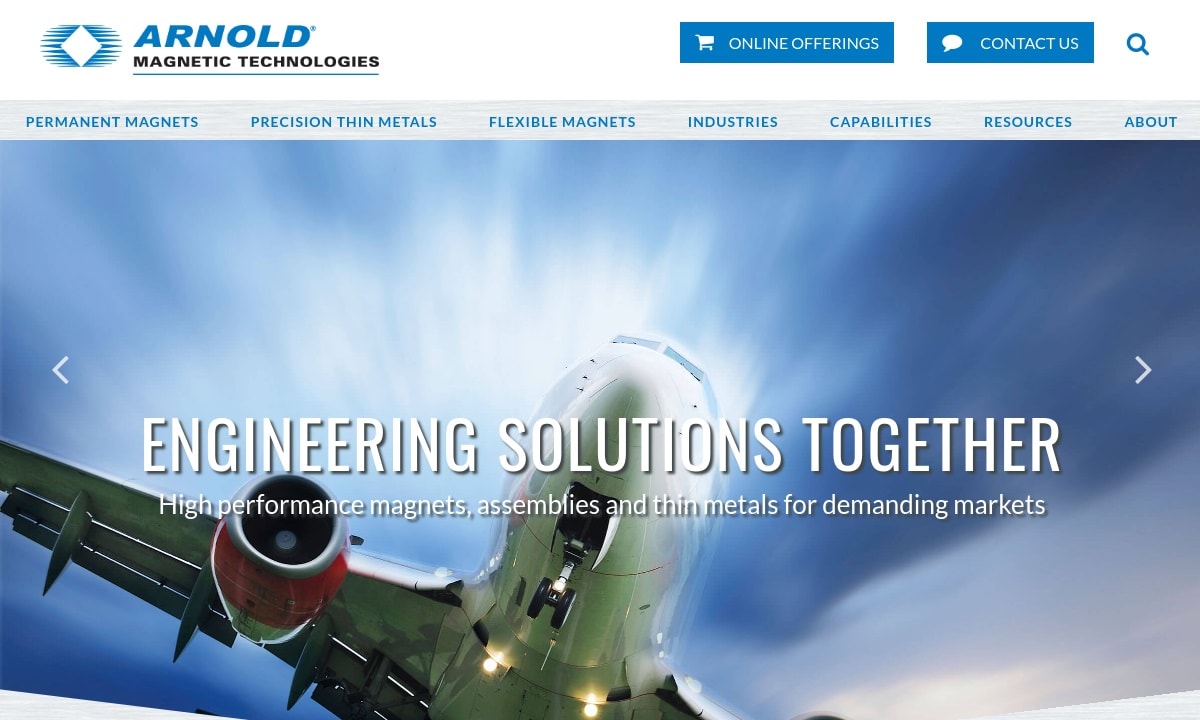
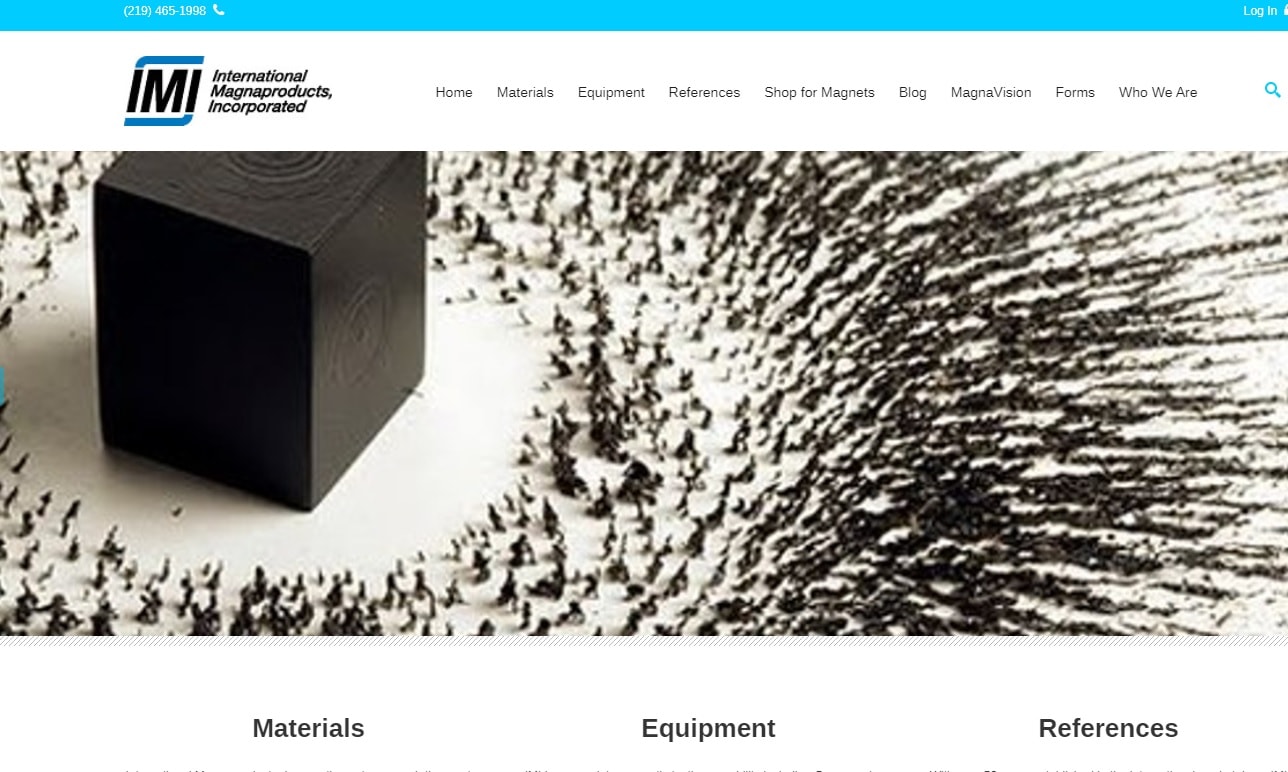
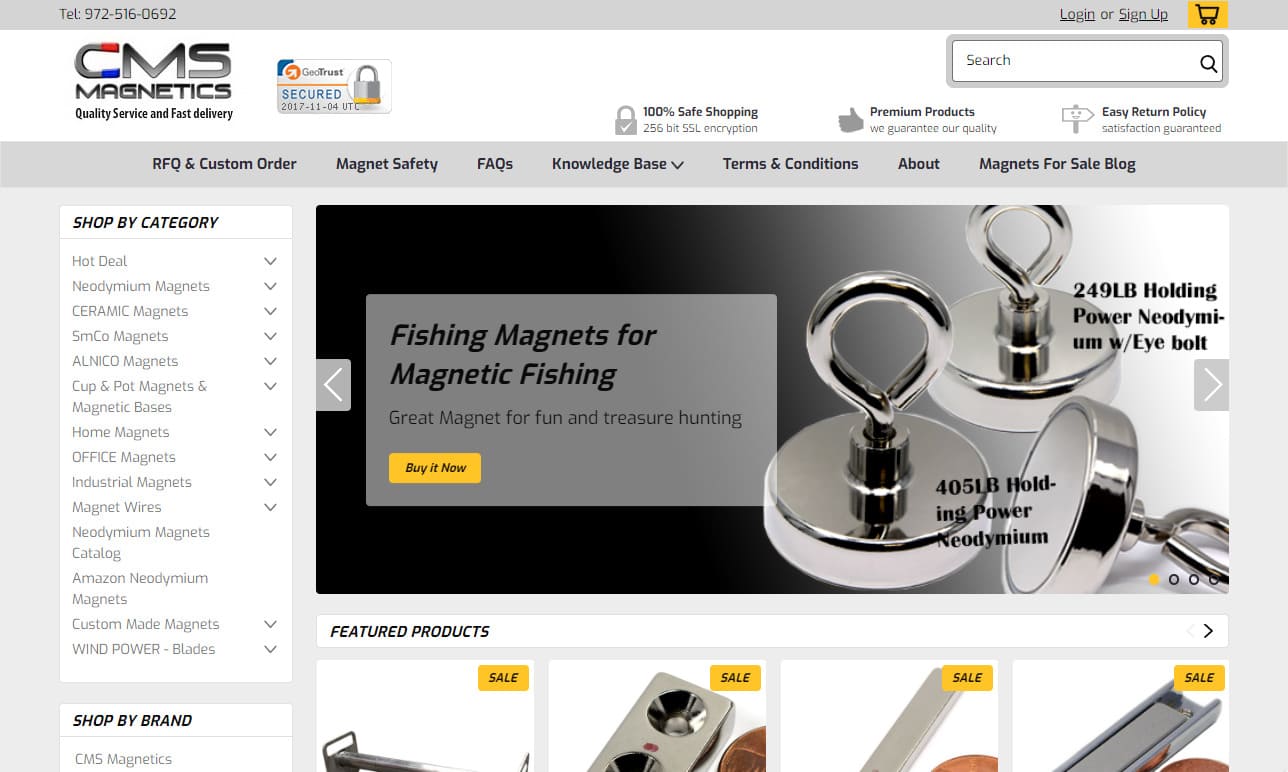
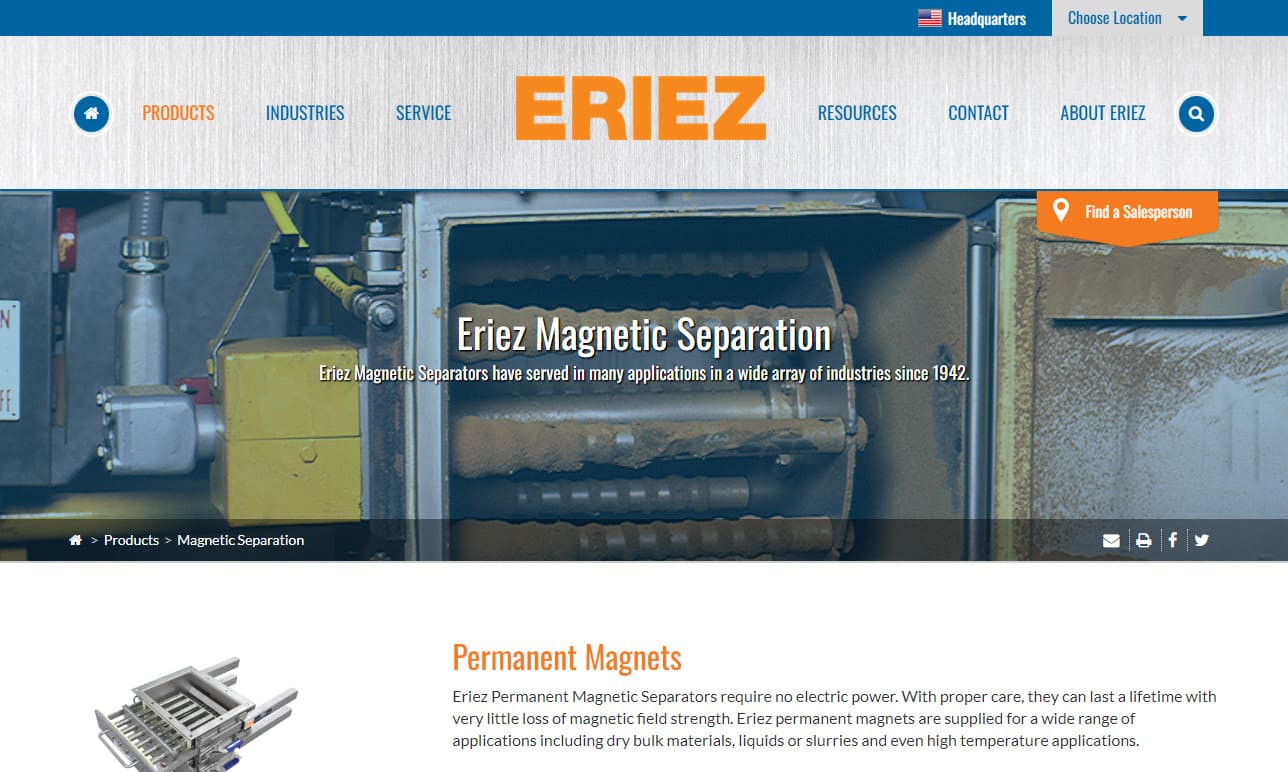
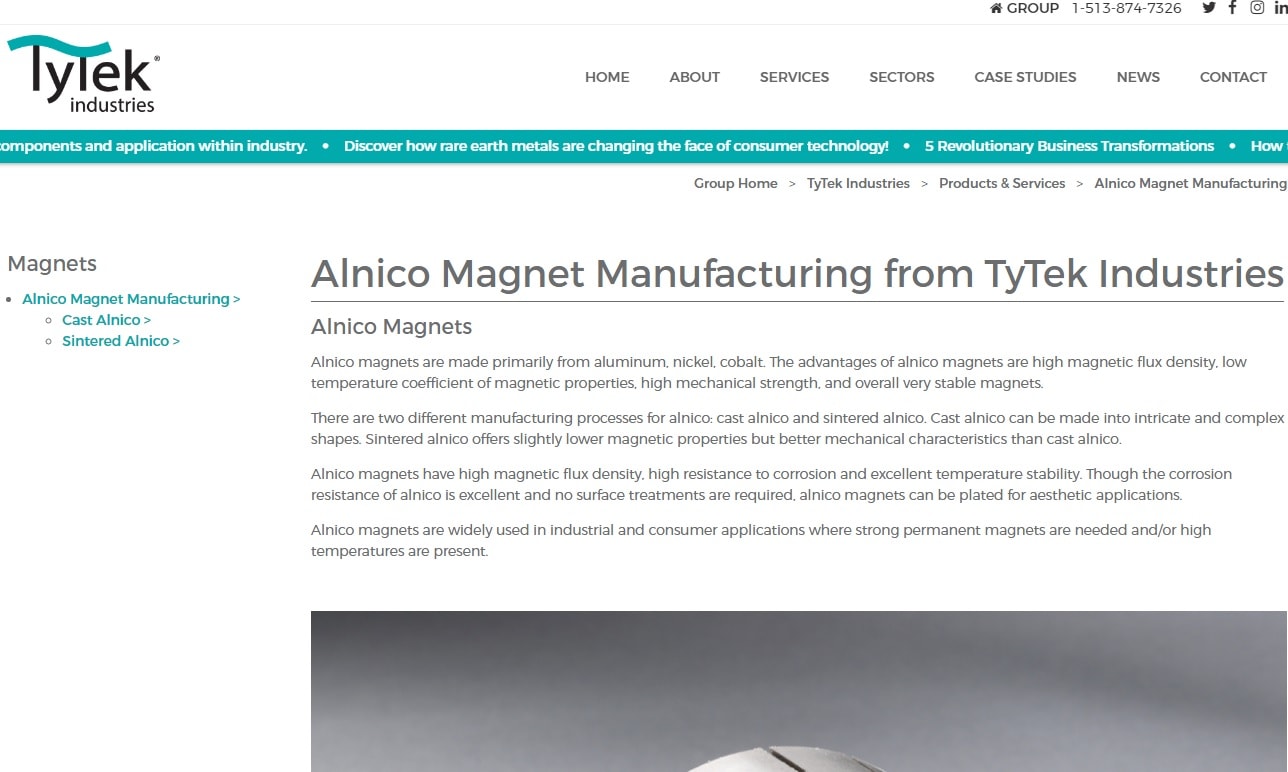
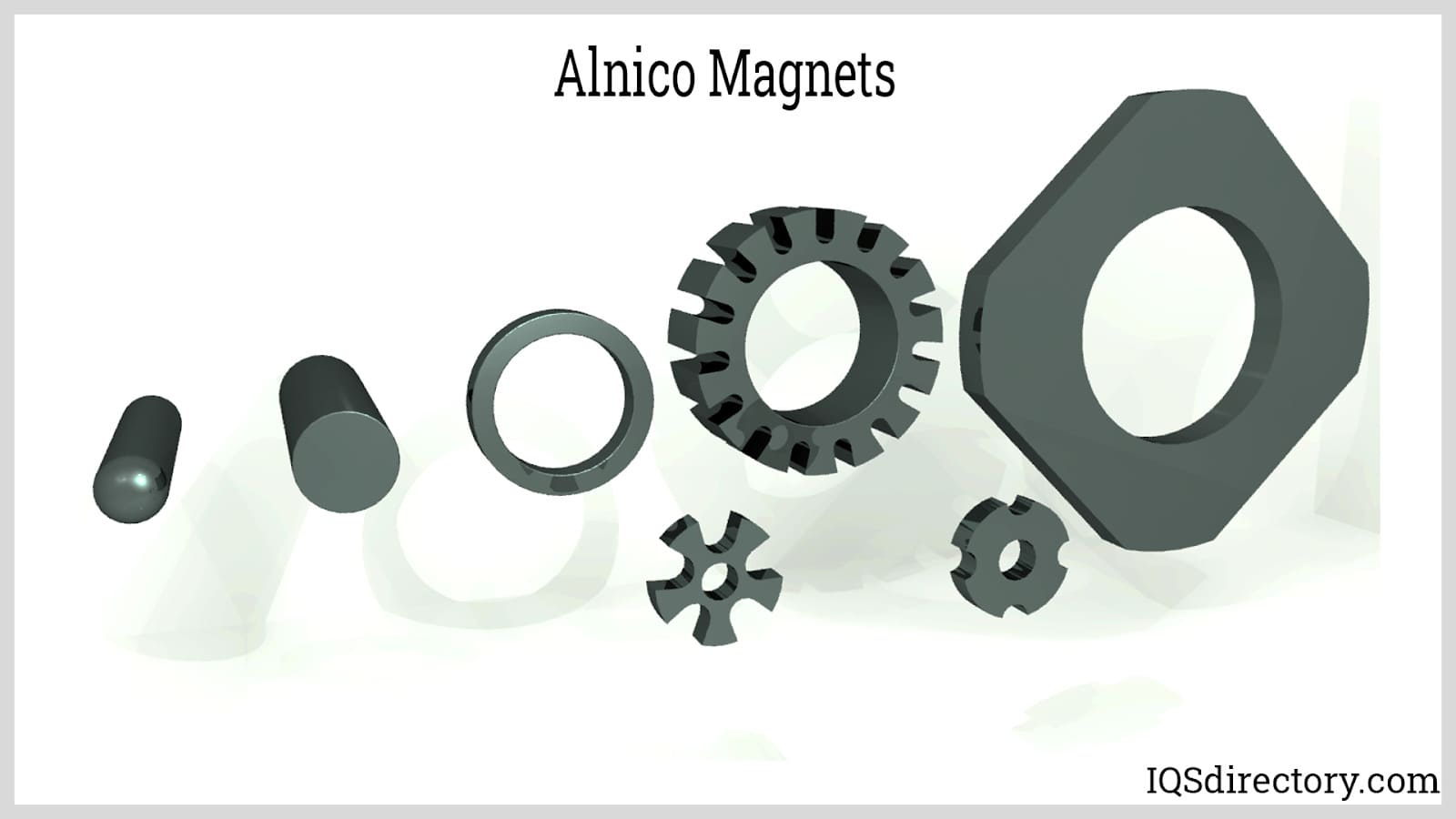
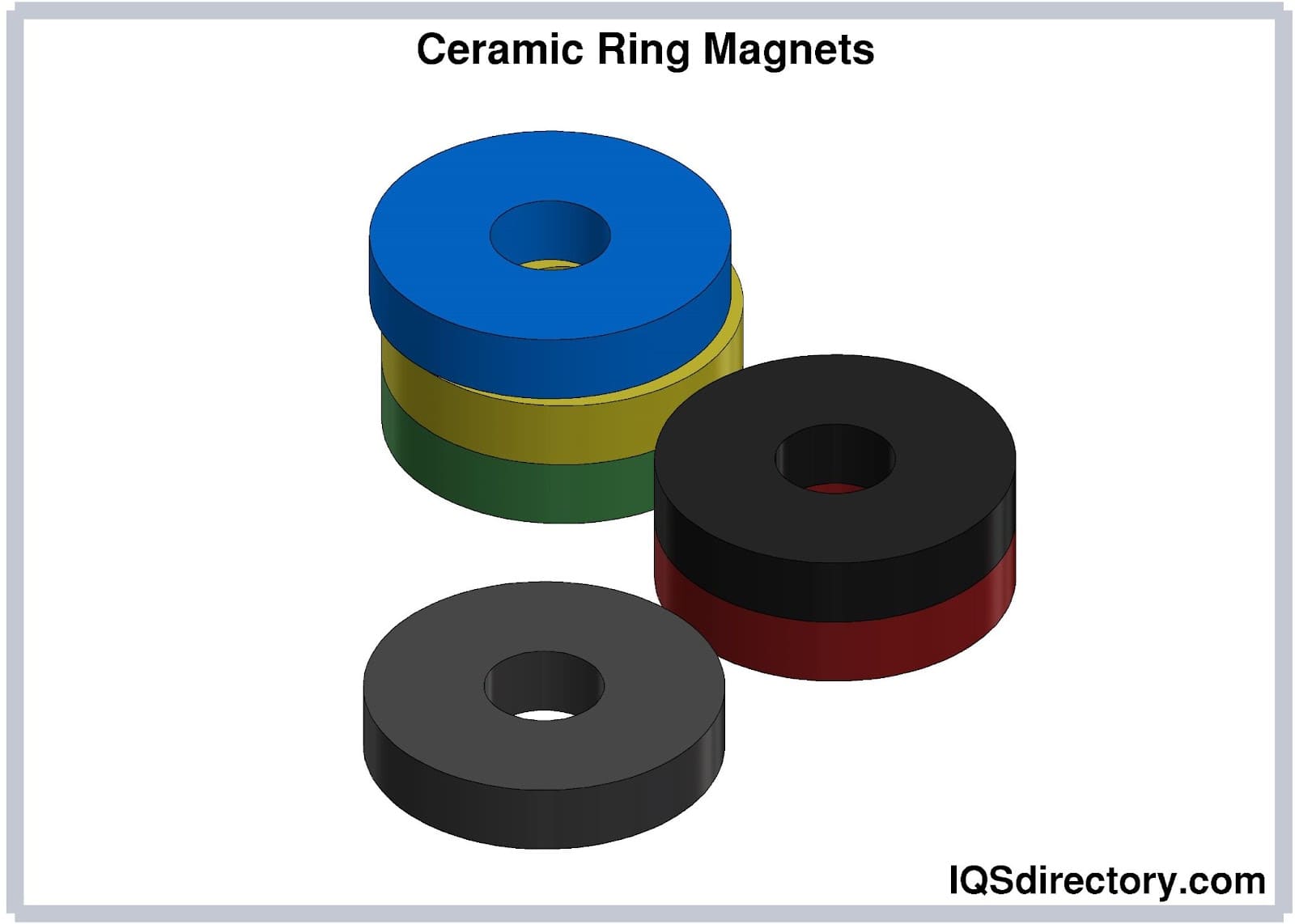
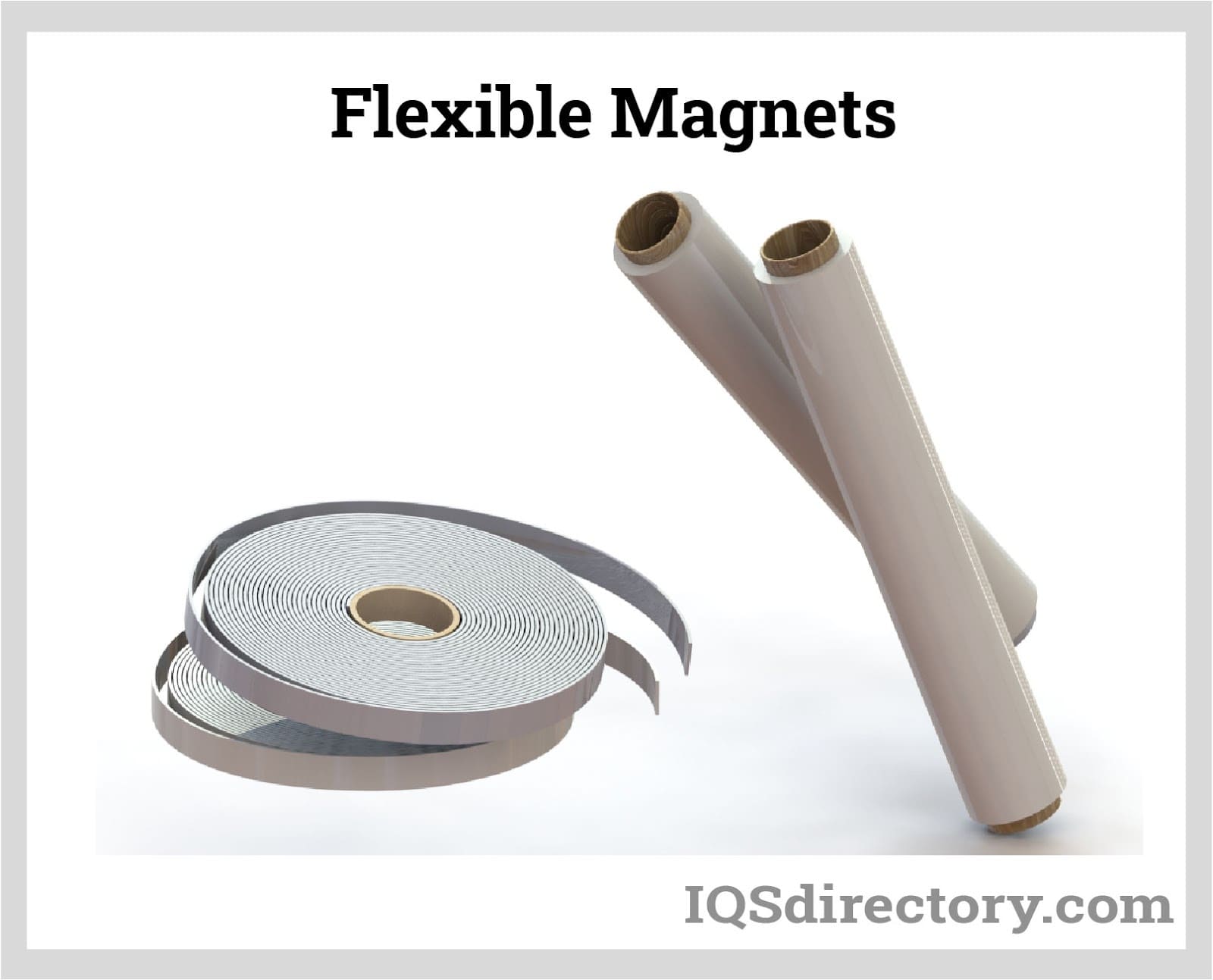
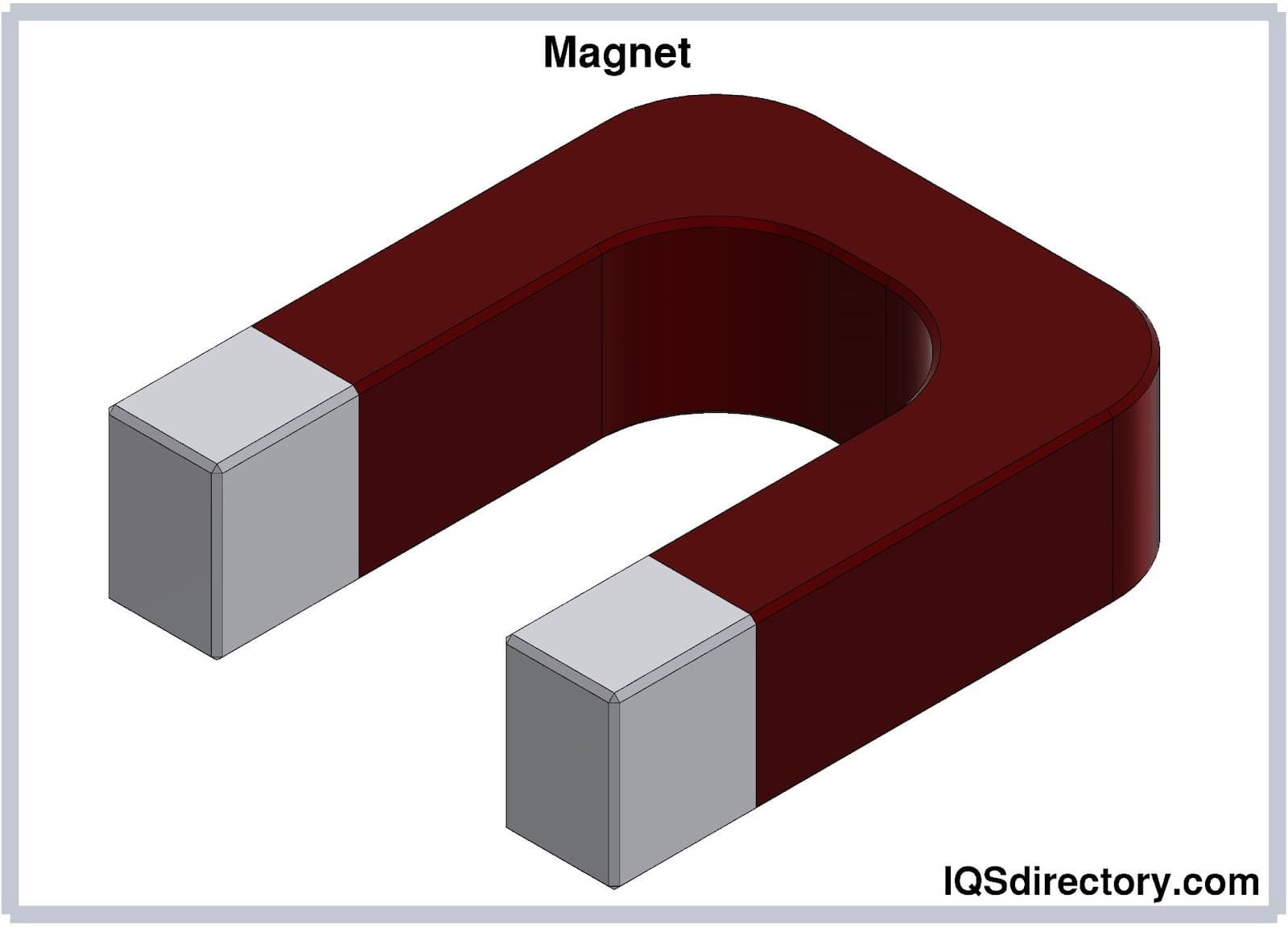
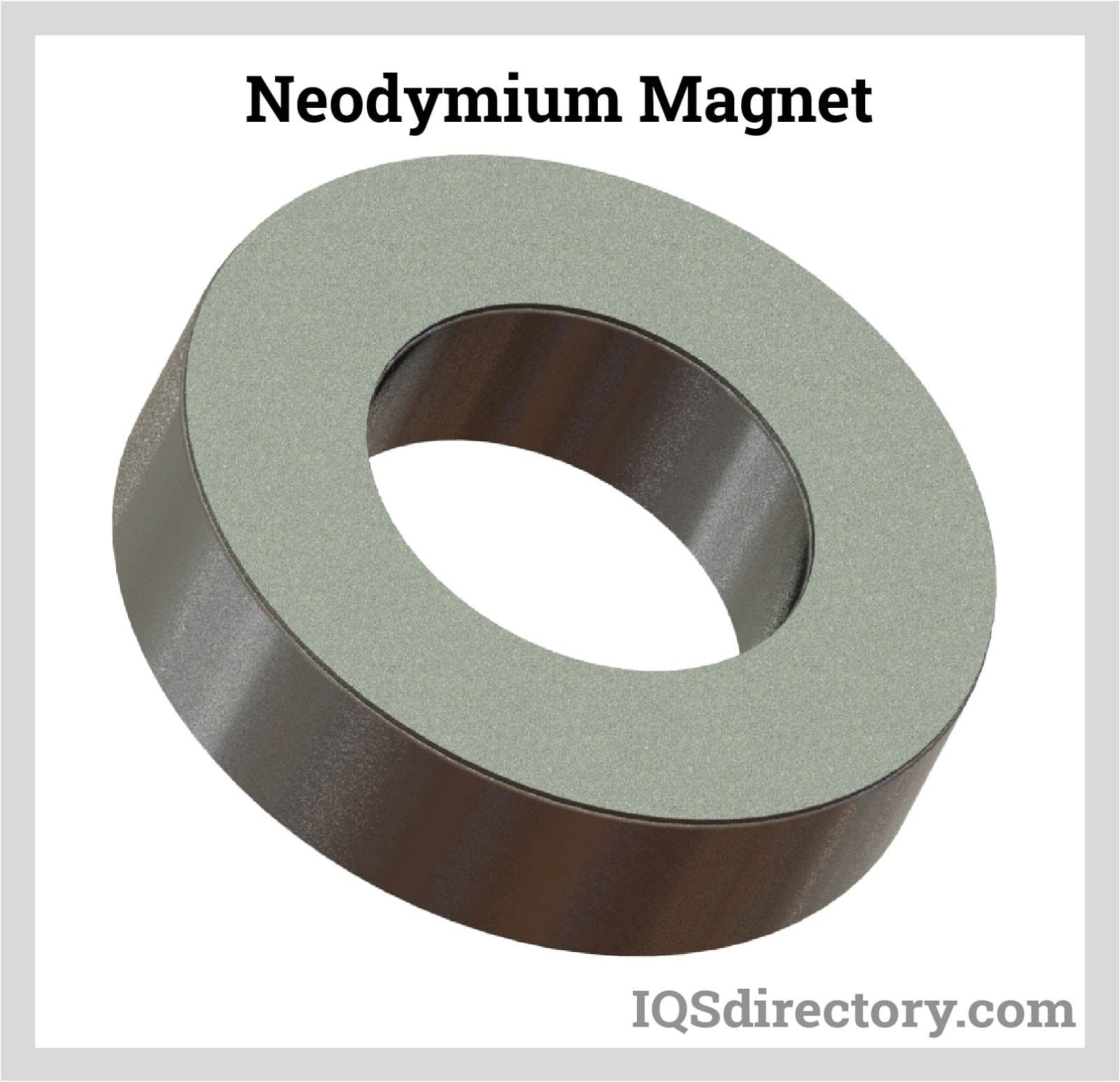

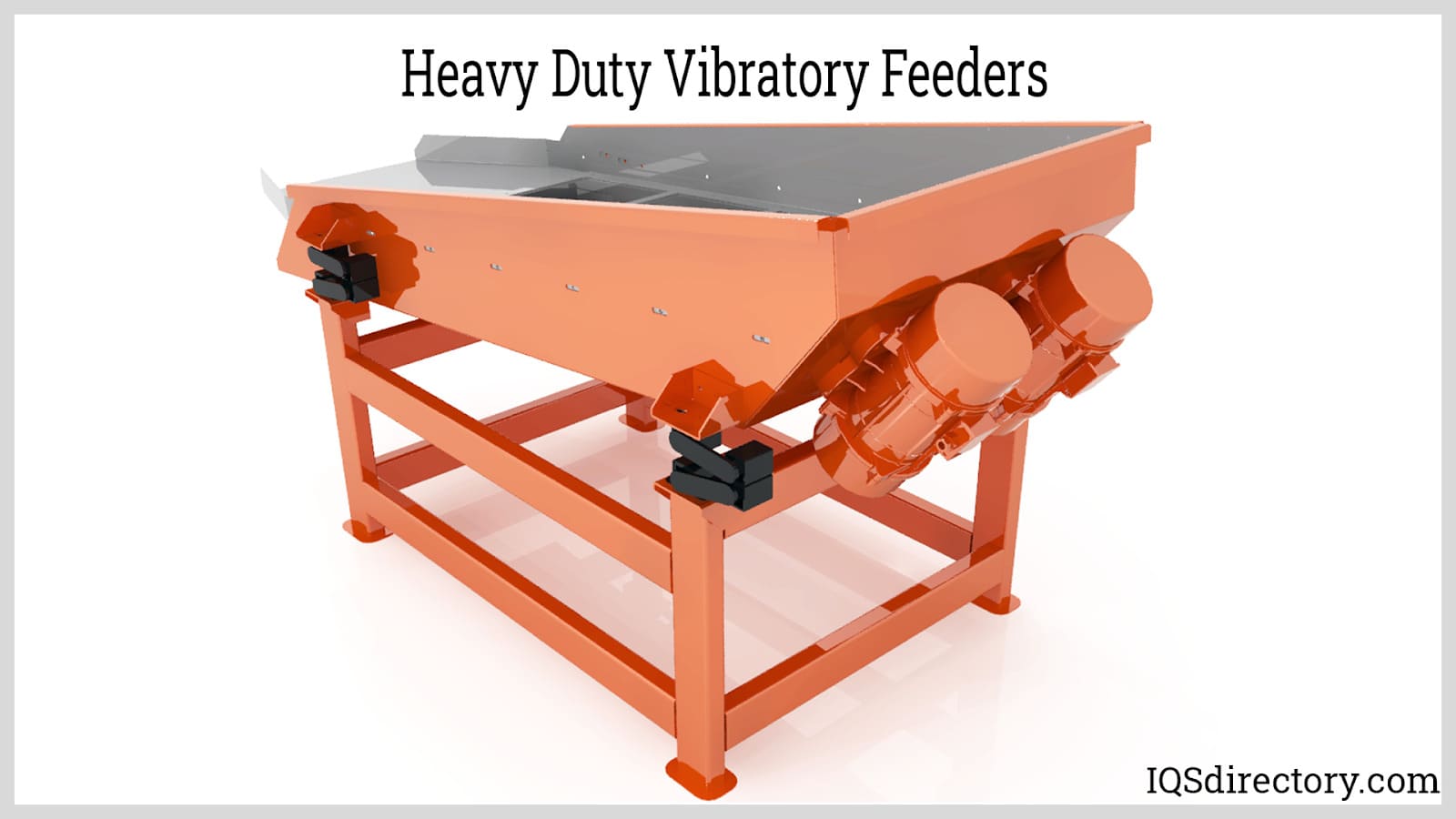
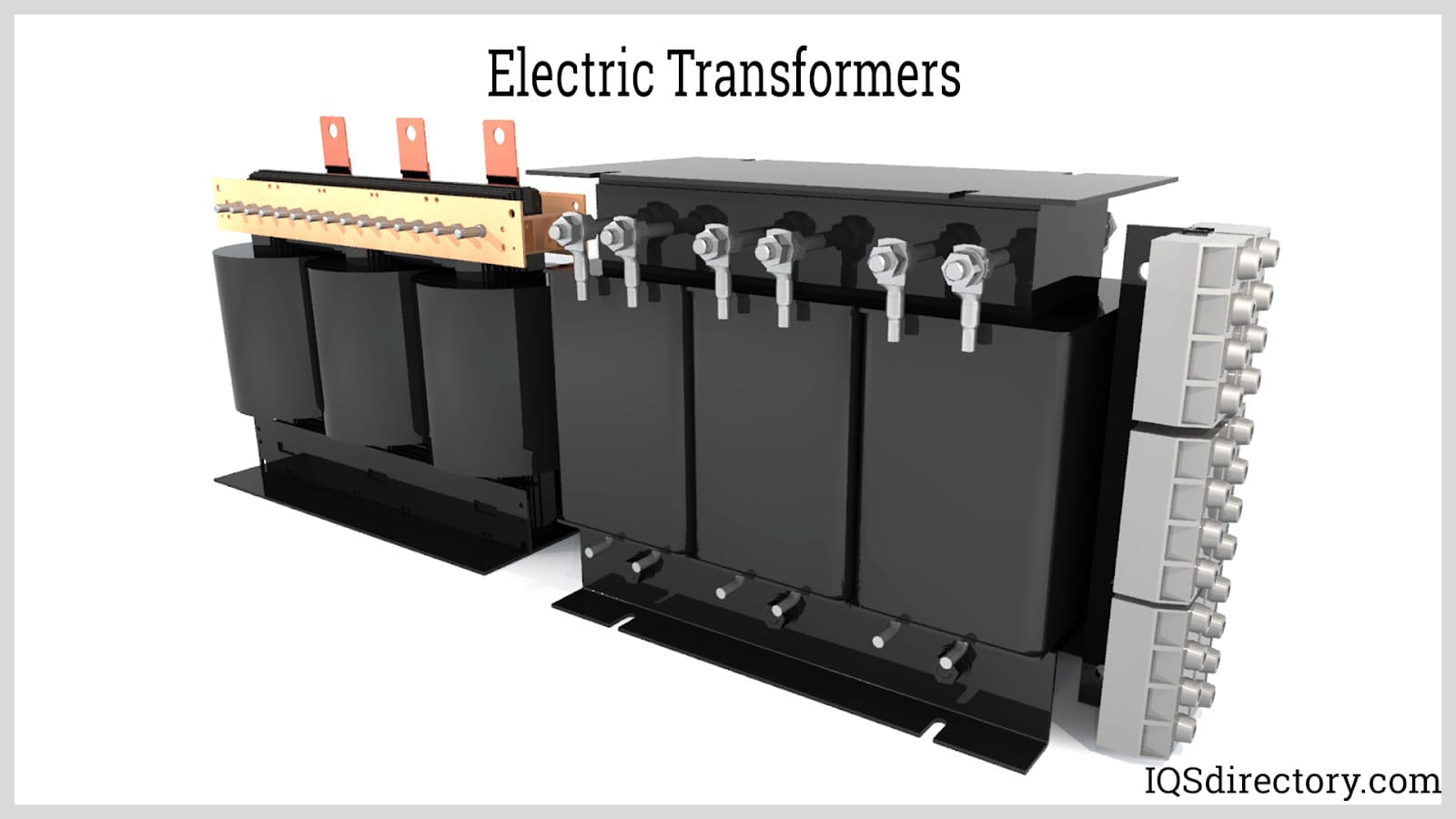

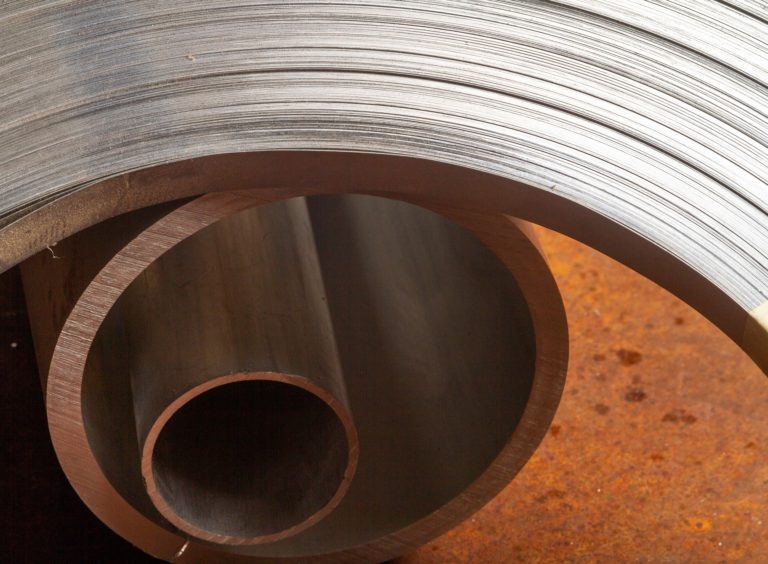 Alloy Suppliers
Alloy Suppliers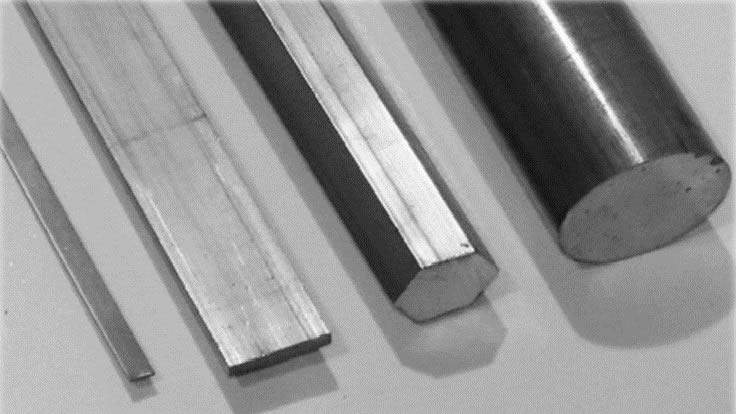 Aluminum
Aluminum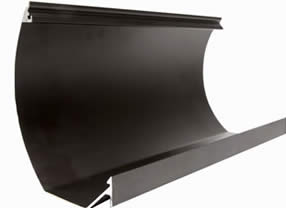 Aluminum Extrusions
Aluminum Extrusions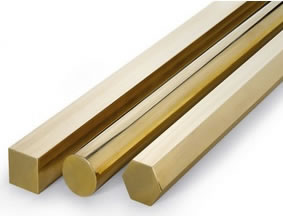 Copper-Brass-Bronze
Copper-Brass-Bronze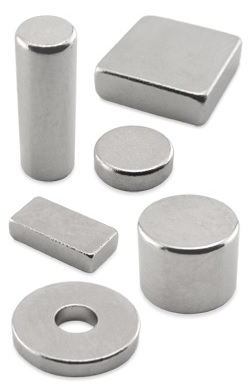 Magnets
Magnets Nickel
Nickel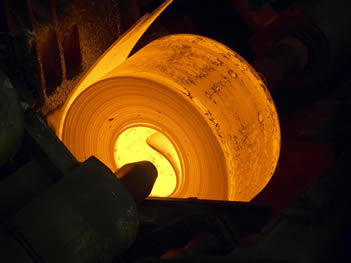 Stainless Steel
Stainless Steel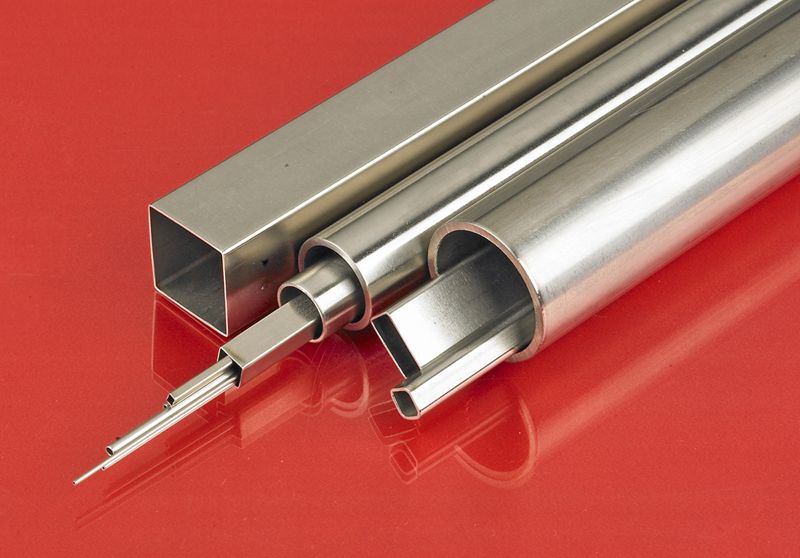 Stainless Steel Tubing
Stainless Steel Tubing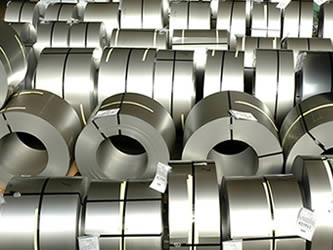 Steel Service Centers
Steel Service Centers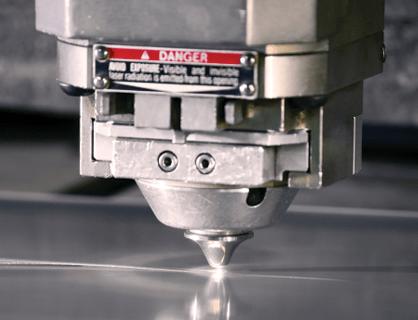 Titanium
Titanium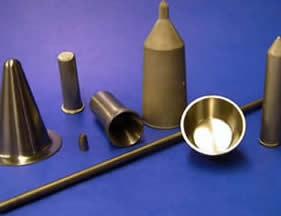 Tungsten
Tungsten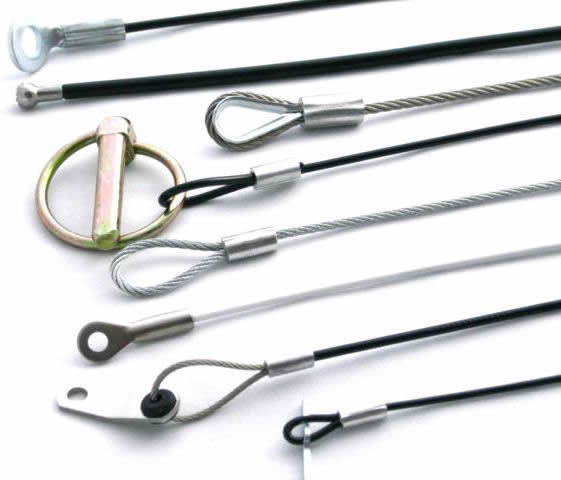 Wire Rope
Wire Rope Castings & Forgings
Castings & Forgings Bulk Material Handling
Bulk Material Handling Electrical & Electronic Components
Electrical & Electronic Components Flow Instrumentation
Flow Instrumentation Hardware
Hardware Material Handling Equipment
Material Handling Equipment Metal Cutting Services
Metal Cutting Services Metal Forming Services
Metal Forming Services Metal Suppliers
Metal Suppliers Motion Control Products
Motion Control Products Plant & Facility Equipment
Plant & Facility Equipment Plant & Facility Supplies
Plant & Facility Supplies Plastic Molding Processes
Plastic Molding Processes Pumps & Valves
Pumps & Valves Recycling Equipment
Recycling Equipment Rubber Products & Services
Rubber Products & Services